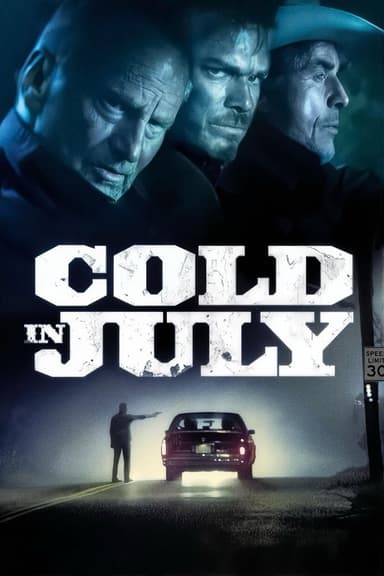
Year of the Dragon
1985 • Action, Crime, Thriller • R
In New York, racist Capt. Stanley White becomes obsessed with destroying a Chinese-American drug ring run by Joey Tai, an up-and-coming young gangster as ambitious as he is ruthless. While pursuing an unauthorized investigation, White grows increasingly willing to violate police protocol, resorting to progressively violent measures -- even as his concerned wife, Connie, and his superiors beg him to consider the consequences of his actions.
Runtime: 2h 14m
Why you should read the novel
If you’re searching for a deeper exploration of the underworld depicted in Year of the Dragon, the original novel by Robert Daley delivers a richer, more introspective experience. Unlike the film, Daley’s writing immerses the reader in the gritty realities of New York’s Chinatown with a profound psychological sensitivity and well-developed character arcs. The book excels at building tension and providing nuanced backstories, offering a far more subtle perspective on the culture, power dynamics, and social issues at play.
Reading Daley’s novel unveils layers omitted in the cinematic adaptation due to time constraints and the need to focus on visual spectacle. His textured narrative lets readers shadow the protagonist through painstaking investigations, real moral dilemmas, and a complex interplay between personal and professional pressures. The internal monologues and motivations bring the characters’ struggles to the forefront, creating a deeply engaging and thought-provoking reading experience.
Fans of crime fiction and those curious about the roots of the film will find the novel’s careful plotting and atmospheric style exceedingly rewarding. Not only does it shed new light on the crime drama genre, but it also encourages readers to reflect on themes of justice, loyalty, and the price of obsession in ways that a fast-paced movie cannot.
Adaptation differences
The transition from Robert Daley’s novel to Michael Cimino’s film adaptation dramatically reshaped the story’s focus and tone. While the book gives a balanced view of both police and criminal elements, the film spotlights the fraught, often controversial, protagonist Stan White, amplifying his confrontational, nearly obsessive approach to policing. This shift directs the audience’s emotional investment more towards one man’s crusade than to the broader societal canvas Daley sketches.
In the novel, characters—especially those from the Chinese-American community—are rendered with greater nuance and agency. Daley’s work explores their motivations, backgrounds, and the impact of organized crime on different community members. The film, however, has been criticized for flattening these characters and perpetuating stereotypes, prioritizing action and spectacle over the nuanced cultural dynamics that the book handles thoughtfully.
The narrative structure and pacing also differ significantly. Daley’s book meticulously lays out the investigation’s procedural aspects and intricacies, building suspense over time, whereas the film accelerates the pace with stylized violence and dramatic confrontations. These changes result in a less realistic but more visually compelling story, catering to cinematic conventions rather than literary depth.
Finally, the book’s ending carries a more ambiguous moral weight, allowing readers to wrestle with unresolved ethical questions and the imperfect realities of both justice and retribution. The film opts for resolution and catharsis, providing a clear climax that ties up its narrative threads for dramatic effect. Overall, Daley’s novel offers a layered and contemplative experience, while the movie simplifies and sensationalizes its core themes for the screen.
Year of the Dragon inspired from
Year of the Dragon
by Robert Daley










